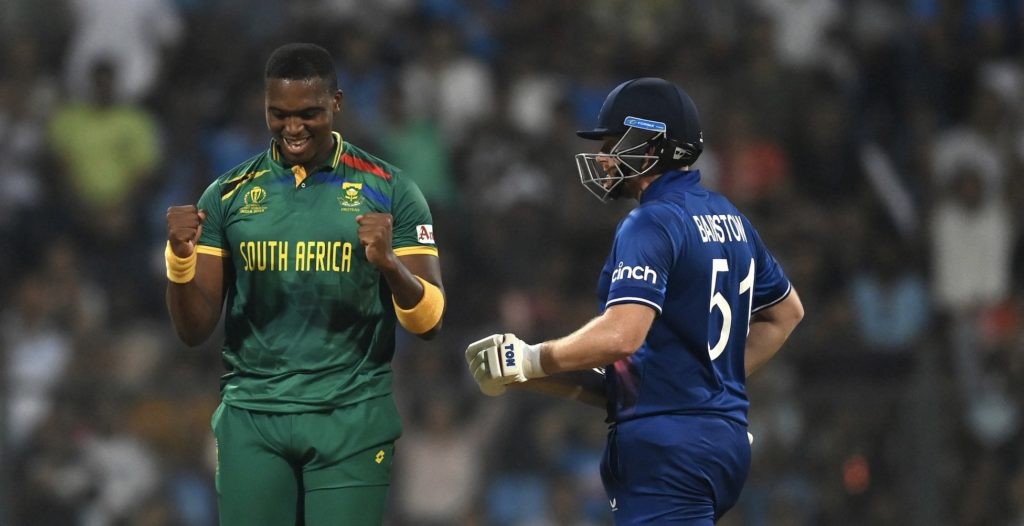Afghanistan have beaten both reigning champions England and former title winners Pakistan at the ongoing World Cup in India, with the Netherlands defeating an otherwise impressive South Africa.
Yet the kind of thrilling finishes associated with previous World Cups – think of the remarkable 2011 Bangalore double where England tied with India and Ireland defeated England – have yet to be seen at this edition.
Afghanistan crushed England by 69 runs with nearly 10 overs to spare, while the Proteas were dismissed for 207 chasing 246 against the Netherlands.
Although Afghanistan’s match against Pakistan went down to the penultimate over, they still won by eight wickets chasing 283.
On Wednesday, the Dutch came crashing back to earth suffering a World Cup record 309-run rout at the hands of Australia.
Pakistan captain Babar Azam said Afghanistan had been “outstanding” in all departments in their clash.
Azam’s analysis hinted at one factor involved in a lack of late-over tension, namely the increased professionalism of all teams not just the traditional heavyweights of the sport.
Afghanistan gained direct entry for this event – something that proved beyond former champions the West Indies – via the World Cup Super League.
The battle-hardened Netherlands came through the qualifying matches, defeating the West Indies along the way.
Furthermore, amid the rise of T20 cricket, the ODI has become less attractive for established nations.
England batsman Joe Root played 14 ODIs in 2017 alone but managed just 16 ODI appearances from February 2020 until his arrival in India last month,
“Whether it’s domestically or internationally, I don’t think we play enough of it [50-over cricket] if we’re going to continue to compete in World Cups,” said Root, although he stressed he was not seeking an “excuse” for England losing three of their opening four pool matches.
In addition, research by the ESPNCricInfo website suggests the new ball is not swinging as much as it was in India earlier in the year, with this World Cup the best for batsmen in the first 30 overs since 1999 given a run-rate of 5.46 an over.
Should a team such as South Africa, with in-form opener Quinton de Kock leading the way, bat first they can effectively win the game there and then.
That is all the more true on a run-filled surface such as Mumbai’s Wankhede Stadium where the Proteas posted totals of 399-7 and 382-5 in crushing victories over England and Bangladesh respectively.
In both those matches their opponents suffered a top-order collapse, with teams that fall behind in a run chase struggling to claw their way back – a skill that may have become less common under the influence of T20.
Meanwhile, a format where 10 teams play each other to determine the semi-finalists creates a lack of early jeopardy and allows England coach Matthew Mott to say, even now, “I still think we can win this”.
By contrast at the 2007 World Cup in the Caribbean, when 16 teams were split into four groups of four, both India and Pakistan were knocked out after two defeats apiece.
As they were in separate pools, the longed for money-spinning clash between the Asian rivals never took place, with the total economic damage to broadcasters and sponsors estimated to be in the region of $35-million.
And unlike World Cups in other sports, this one has shrunk rather than grown, with the present format designed to guard against an early exit of a major team.
© Agence France-Presse







